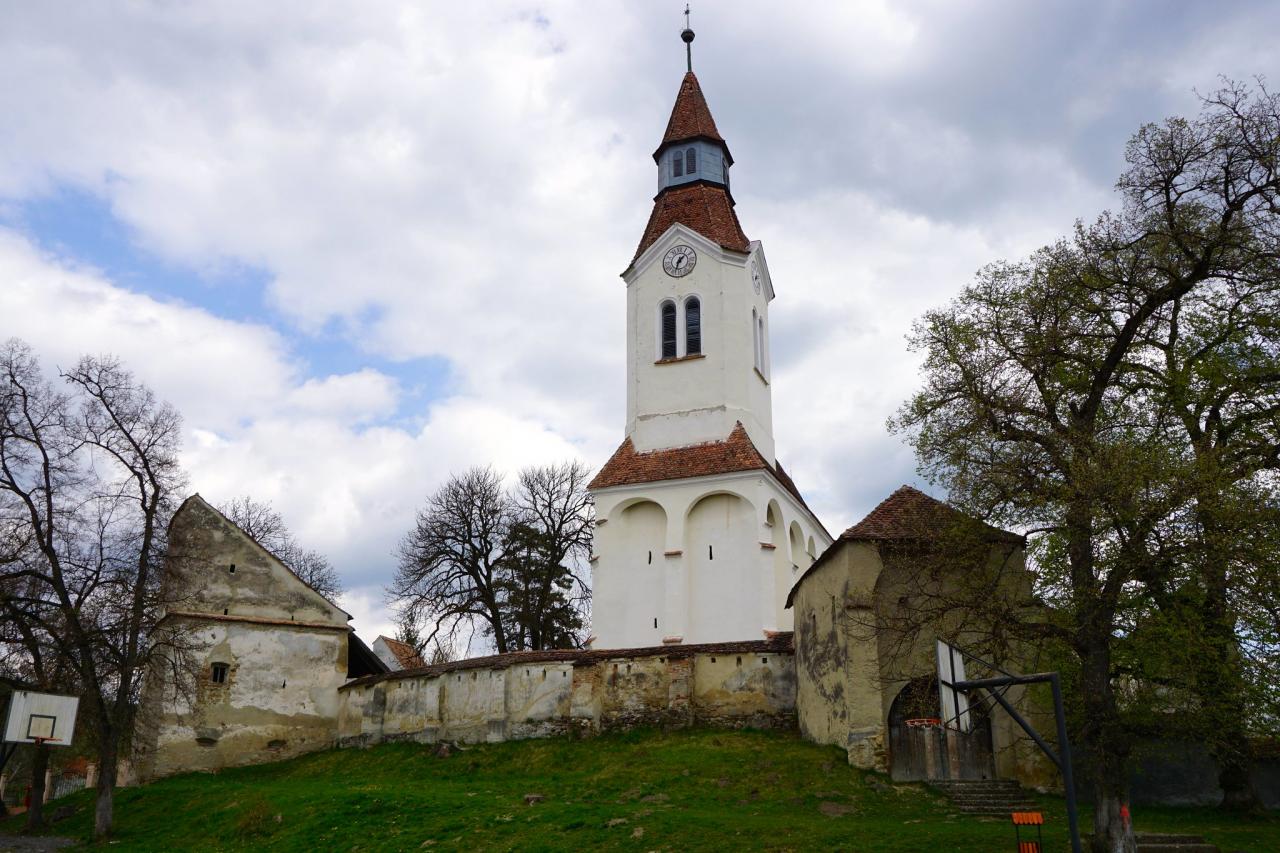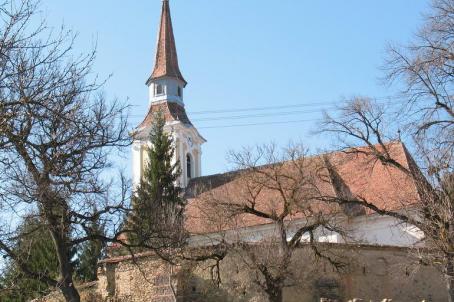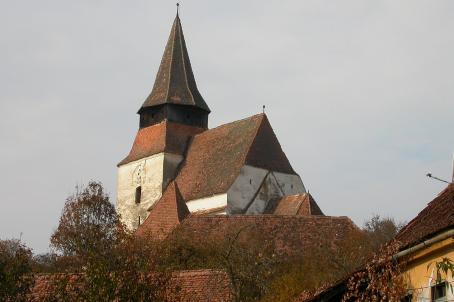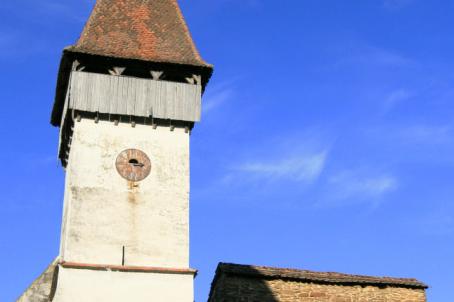Buneşti Fortified Church
The 13th century late Romanesque pillar basilica was early prepared for battle by demolition of the side naves and fortification of the central nave and the tower by adding defence levels. The chancel was heightened in 1500 by adding a defence level with machicolations. The 1847 added tower marks the present image of the church. The interior impresses with its tall and narrow proportions, underlined by the two-story balcony on the northern side, erected between 1680 and 1775. The railings were painted by the Roessler family, grandfather and grandson. The fortification wall, originating in the 14th century was strengthen by four towers and had grain storage rooms on the inside.
About this building
For more information visit on this building visit https://kirchenburgen.org/en/location/bodendorf-bunesti/






